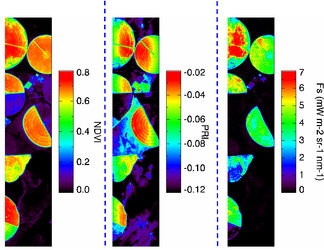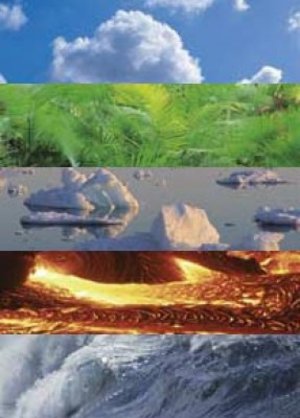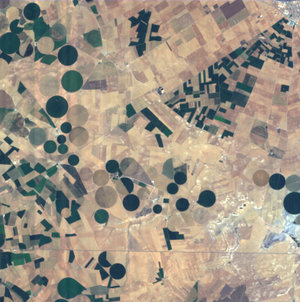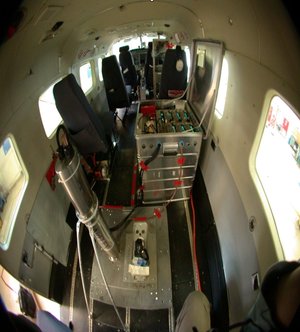Joint campaign prepares for Sentinel-2 and FLEX
Initial results from an extensive ESA field campaign, which is being carried out in support of the development of two Earth-observation missions prove encouraging and potentially pave the way for future monitoring of the Earth's surface.
Since one of the most important aspects of developing an Earth-observation mission is to make sure that the eventual data meets the users' exacting requirements, it is no surprise that huge efforts are put into field activities to evaluate the future performance of an instrument. This means that many airborne and ground measurements have to be acquired so that the final data products can be simulated and evaluated.
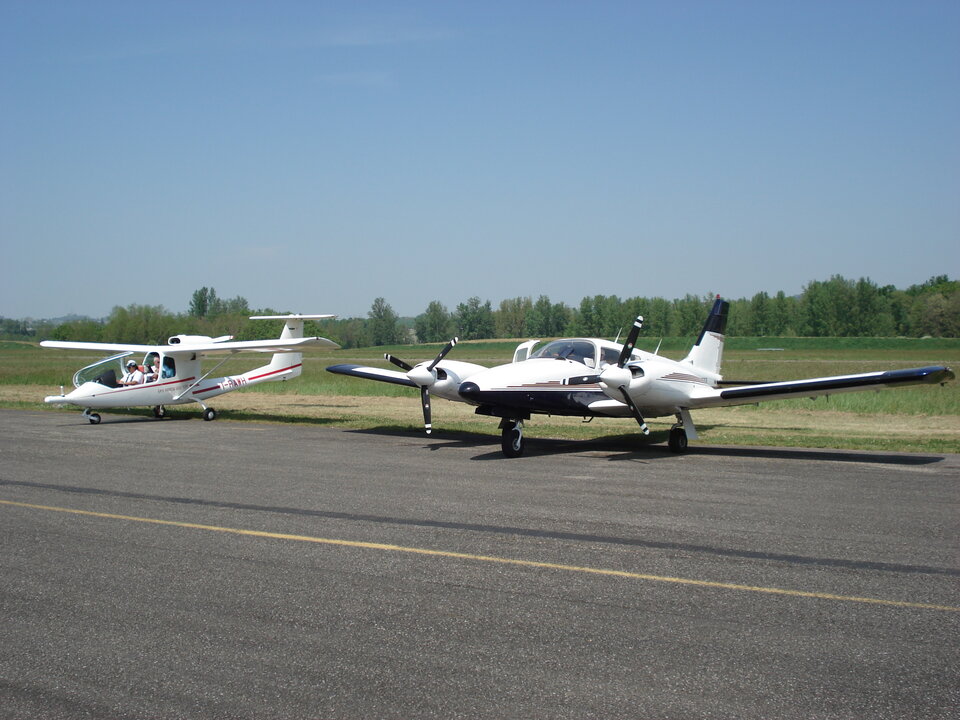
Within a multi-objective campaign, field data is being gathered in three separate periods this year from sites across France and Spain. The campaign is in support of preparation for the Sentinel-2 mission, being developed by ESA as part of the space segment for the GMES (Global Monitoring for Environment and Security) programme, and the FLEX mission, which was selected in 2006 for assessment as the result of ESA's Call for Core Earth Explorer Mission Ideas.
Sentinel-2 is a multi-spectral imaging mission for high-resolution observation of land surfaces and will provide an enhanced continuity of the French SPOT (Satellite Pour l’Observation de la Terre) missions and the US Landsat missions. As part of GMES, Sentinel-2 will provide information for land monitoring and emergency services.
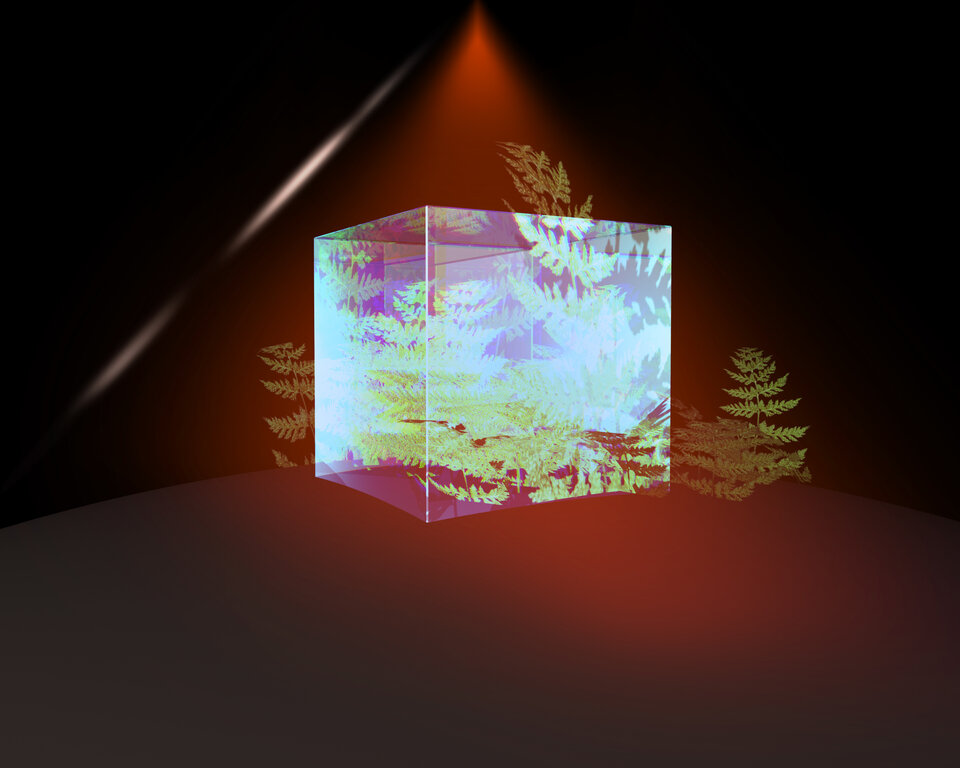
The main aim of the FLEX mission concept is to quantify the photosynthetic efficiency of terrestrial ecosystems at a global scale through the measurement of chlorophyll-fluorescence. Chlorophyll-fluorescence radiation is emitted from vegetation in the visible and infrared region of the electromagnetic spectrum and provides unique information about the photosynthetic activity of plants. Photosynthetic efficiency estimates will lead to a better knowledge of the role vegetation plays in the carbon and water cycles, and ultimately contribute to an improved understanding of climate.
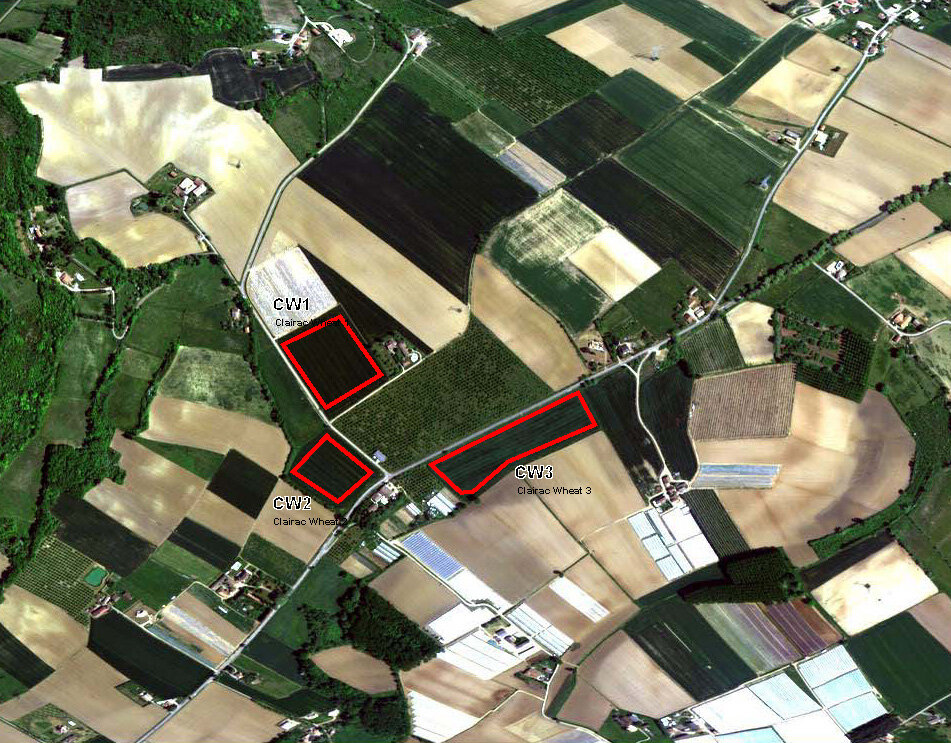
In support of these two missions, the CEFLES2 (CarboEurope, FLEx and Sentinel-2) campaign is exploiting the synergies between a large collection of airborne and ground measurements performed in coordination with CERES (CarboEurope Regional Experiment Strategy), and includes participants from Germany, Italy, France, Spain and the Netherlands.
The CEFLES2 main campaign site is located within the CERES experimental area in Gascony in south-west France, with additional airborne acquisitions taken over Madrid and the Mediterranean coast. The first measurements were acquired in April and June 2007 and another set will be taken in September, so that different stages of crop growth are represented. The aim is to obtain reference datasets to address the specific needs of the development activities for Sentinel-2 and the FLEX candidate mission.
For Sentinel-2, the objective is to collect quality and coordinated airborne optical and in-situ measurements. Luis Alonso from the University of Valencia, Spain, coordinator of the ground team during the June campaign, said: "Hundreds of kilometres of airborne imagery over many types of landscapes have been acquired along with a complete set of ground measurements taken by a consortium of European laboratories. This campaign's unique dataset will be a major contribution for defining algorithms for Sentinel-2 and for testing the new data processing techniques that are needed for this satellite."
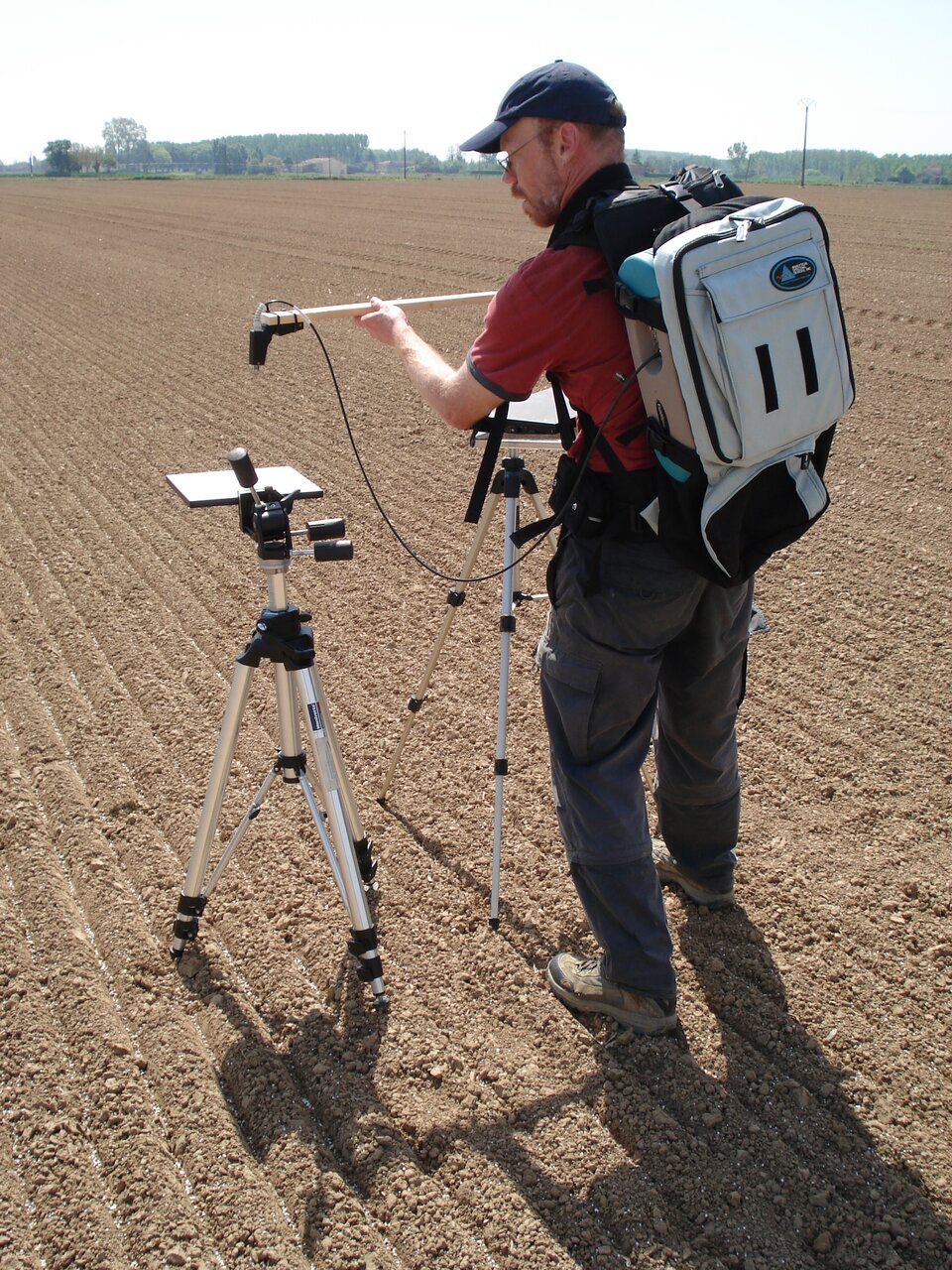
For FLEX, the objective is to measure vegetation fluorescence over a large variety of vegetation species and establish a relationship between measured levels of fluorescence emission, plant photosynthesis and ultimately carbon dioxide fluxes between the surface and atmosphere. Integrated airborne and ground measurements will provide well-calibrated photosynthesis responses to light, temperature and other variables.
"Plants form the very thin green layer on the surface of our planet that moderates the vast amount of all the matter and energy fluxes between the atmosphere and the surface of the Earth. Photosynthesis is the main energy conversion process", Uwe Rascher from the Jülich Research Centre, who is responsible for coordinating the ground measurements for FLEX, explained. "As a matter of fact, photosynthesis, which occurs within the cells of green leaves, adapts dynamically to environmental change, such as drought and extreme temperature. Regulations at these small scales actually have an impact on regional and global climate."

"With this campaign we are taking the first steps to develop a measuring tool to monitor vegetation florescence that will allow us to observe the capacity of photosynthesis of plant ecosystems in real time, and to better manage plant ecosystems under future climate scenarios", he added.
So far the campaign is proving very successful. Scientists are looking forward to the third part of the campaign in September, after which the results can be fully analysed. These results will further the development of the Sentinel-2 mission and the assessment studies for the candidate FLEX mission.
CEFLES2 campaign participants included - from Germany the Jülich Research Centre, Humboldt University and Trier University; from Italy the Istituto di Biometeorologia and Istituto di Fisica Applicata 'Nello Carrara' from CNR (Italian Research Center), Galileo Avionica and the University of Milan-Bicocca; from France the Laboratoire de Météorologie Dynamique from CNRS (French Scientific Research Centre); from Spain the University of Valencia and INTA (Spanish Aerospace Technical Institute); Alterra from the Netherlands, along with participants from ESA.






